I was looking around our old archive for any notes on the basics of composition, when to much of my dismay - i realized we didn’t have one. So allow me to take this oportunity to talk to you all about basic compositioning. For more advanced compositioning tips and tricks - i will link you up to a Chatterbuck’s episode on compositional tangents and how to avoid them, at the bottom of this pose.
Composition, in its essense is the discipline of controling your viewer’s eye, and putting the subject / object of interest in positions that ensure that it is indeed percieved as the point of interest to your viewer. As well as how to guide your viewer’s eye to find that particular point of interest.
Composition, at least for artists - have little to do with math, though many of the models do have mathematics formulars attached. You can ignore these, and just use the models as guides for structuring your image.
For now, let’s look at some models.
C O M P O S I T I O N B A S I C S
Center composition
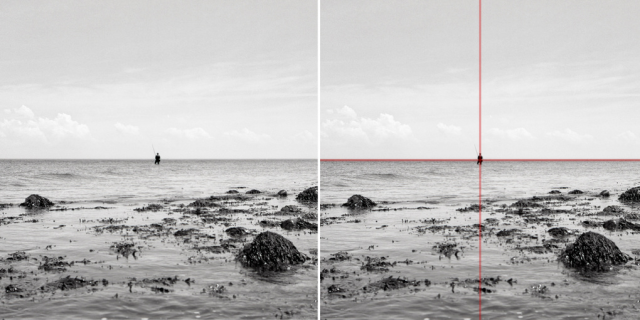
https://fstoppers.com/architecture/ultimate-guide-composition-part-one-just-say-nokeh-31359
Unintentionally popular with people who don’t think much about compositioning their pieces, center compositioning is a piece where the subject of interest sits smackdab in the middle of the image.
This gives the image a very “stable” look. It brings a sense of calmness to your composition. On top of that it also makes the image look very staged, which can be used to your advantage if that’s a feeling your going for in your piece.
A center composition is also a very direct way of indicating depth/perspective into your piece, as your eyes will naturally find the subject first, and to go there, our eyes will have to travel “into” the picture, through the perspective-distorted landscape to find it.
The rule of thirds
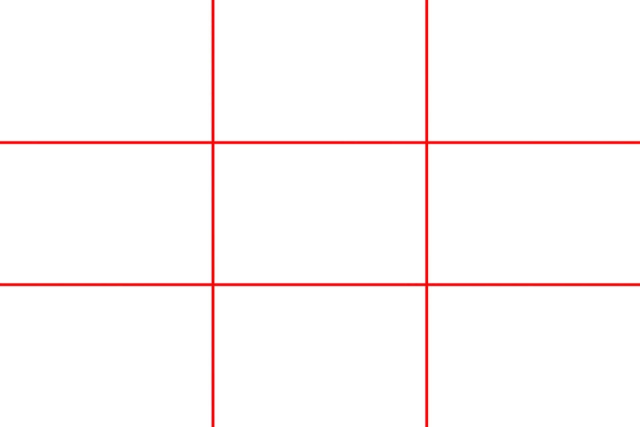
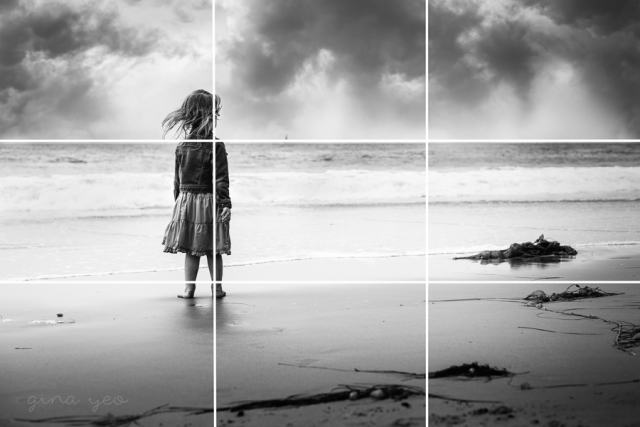
https://www.clickinmoms.com/blog/what-is-the-rule-of-thirds-in-photography/
The rule of thirds is possibly the first model you’ll get to be familiar with if you join art courses or art schools where you’d be introduced to composition as a tool and a discipline.
The rule of thirds proposes that if we divide the canvas into nine even sections, our subject of interest(s) should be situated somewhere near the cross-sections at the middle of the image.
As above, the girl is standing at the two cross-sections to the left in the canvas.
Why is that?
Well, it is speculated that our eyes gravitate towards these cross-sections naturally when looking at a canvas. So putting your subject / object of interest somewhere around those cross sections means that your viewer’s eyes will naturally go towards it upon first looking.
This is a powerful tool that you see in many many photographies, art pieces and even in movies as the rule of third’s versatility applies to nearly any kind of canvas. I am personally a big fan of this compositioning tool, and will often pair it up with The Fibonacci sequence to ensure flow in my pieces.
The Fibonnaci spiral / The golden ratio


The fibonacci sequence, or the golden ratio is an interesting tool for compositioning.
It is moreso a tool for flow than anything. As you can see above, the fibonnacci sequence is used with its center at the focal point of your composition. Of which the artists will build their composition roughly around the spiral. This can be done somewhat to the point as the images above. Or the sequence has also been speculated to have been part of the compositioning more abstract than the pictures above.

https://nofilmschool.com/2014/11/focal-elements-fibonacci-30-minute-depth-study-composition
^Here we see the sequence used by the artist to create depth in their picture rather than flow.
Using the fibonacci sequence to space out objects in your composition can help bring balance to your image and make it seem very natural and appealing to your viewers eye.
Golden triangles
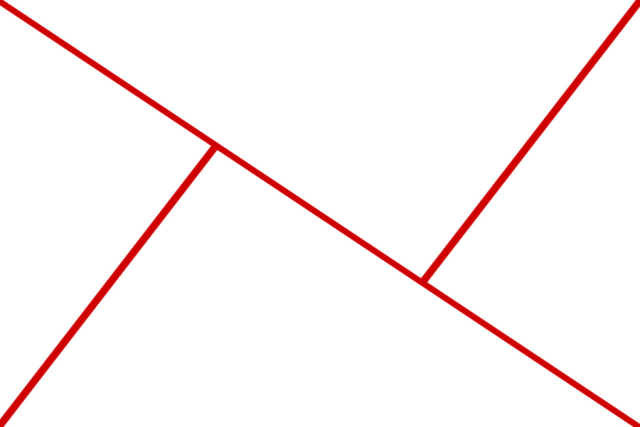
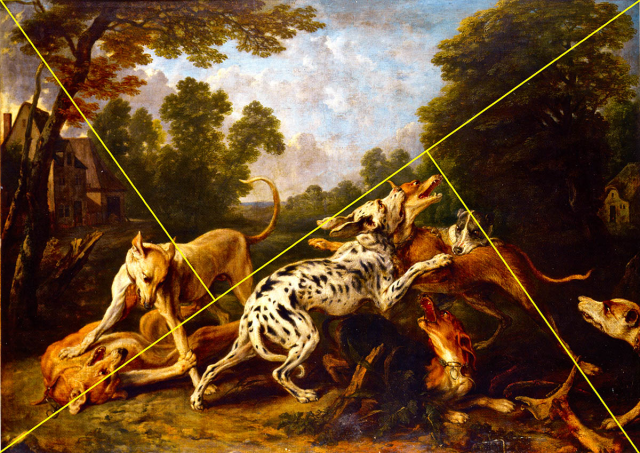
https://en.wikipedia.org/wiki/Golden_triangle_(composition)
The golden triangles is a classic compositioning tools among painters. Particularly good for portraying drama, motion and movement in my opinion.
Especially if your composition already features diagonal lines in planning. The compositioning rules that the canvas is divided into triangles, and that the subject must occupy one of these triangles clearly.
Additionally diagonal lines in your composition should run along, or align with the diagonal lines of the triangles.
This composition was widely popular in the baroque era.
Quick note on contrast!
If you want to easily establish a focal point ( preferable using one of the composition methods too ) one of the easy ways to lead your viewer’s eye directly to your subject, is to make sure that the focal point has the most contrast in it. The contrast will draw your viewer’s eye immediately, almost regardless of where it is placed.

These are the four of the more basic composition tools that you can apply in your art. It can seem a little abstract at first, maybe even difficult to wrap your head around ( with the examples of fibonnaci being a little bit out there for some people ). But once you get into the habit of lining your drawings up around these patterns, you’ll see an immense improvement in your compositioning almost right away. Especially if you want to get into drawing backgrounds, or entire scenes, where flow, depth is key to the viewer’s experience.
I hope this shed a little bit of light on these methods!
- Mod wackart ( ko-fi )
from The Redline Station https://ift.tt/3iIcSZ3
via IFTTT
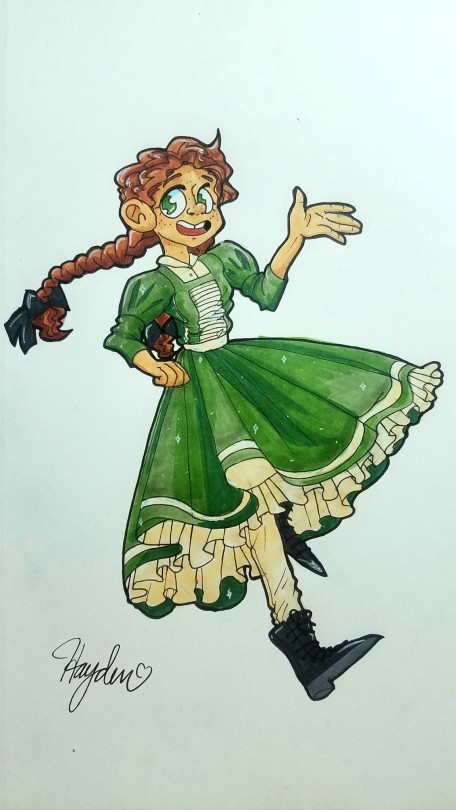
No comments:
Post a Comment